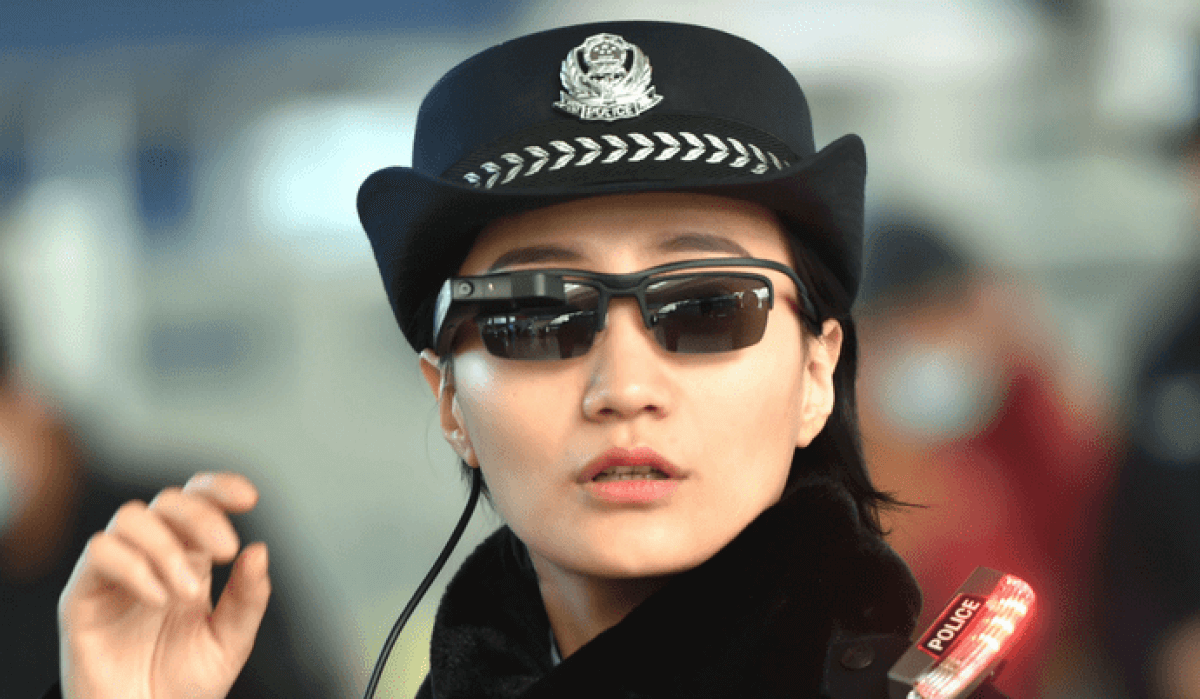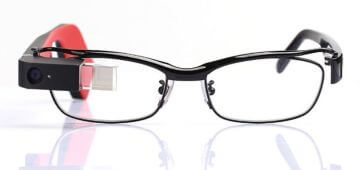
Google, of course, failed to make its Google Glass available to the masses, however, a separate niche for them still found in Glass Partners. In 2017, Google Glass reborn in the form of Google Glass, Enterprise Edition. Teams from Google, Lenovo, Microsoft and China Aeronautics Consortium have joined forces to form a new company called LLVision in 2014. In 2015 LLVision presented smart glasses GLXSS.
Just like Google Glass, Enterprise Edition, LLVision focuses on businesses with their GLXSS. Now they are used by the Chinese police. Earlier this month police equipped smart glasses, went out on a high-speed rail station of Zhengzhou and check in passengers with forged documents.
Data points GLXSS will be transferred to your device based on Android. It will be the actual data processing and then they will be compared with government records to check. All police stations are now using smart glasses to quickly check figures. To date, the Chinese police managed to catch 7 of fugitives and 26 holders of false documents at this station.

In addition to police, GLXSS is also used in logistics, security and medicine to improve performance. GLXSS features a Quad-core Cortex-A7 and are supplied with 1 GB of RAM and 16 GB of internal memory. 8 megapixel camera can record video at 1080p. Although the hardware remains largely the same, LLVision will be to develop software and applications in accordance with the needs of the enterprise.
Glasses also supports voice recognition and gesture control. With all these features GLXSS weighs only 55 grams. In glasses built of 0.25-inch viewfinder with VGA resolution. Data is transferred through the Protocol Wi-Fi 802.11 b/g/n and Bluetooth 4.0.
Chinese railway police armed with “smart glasses»
Ilya Hel